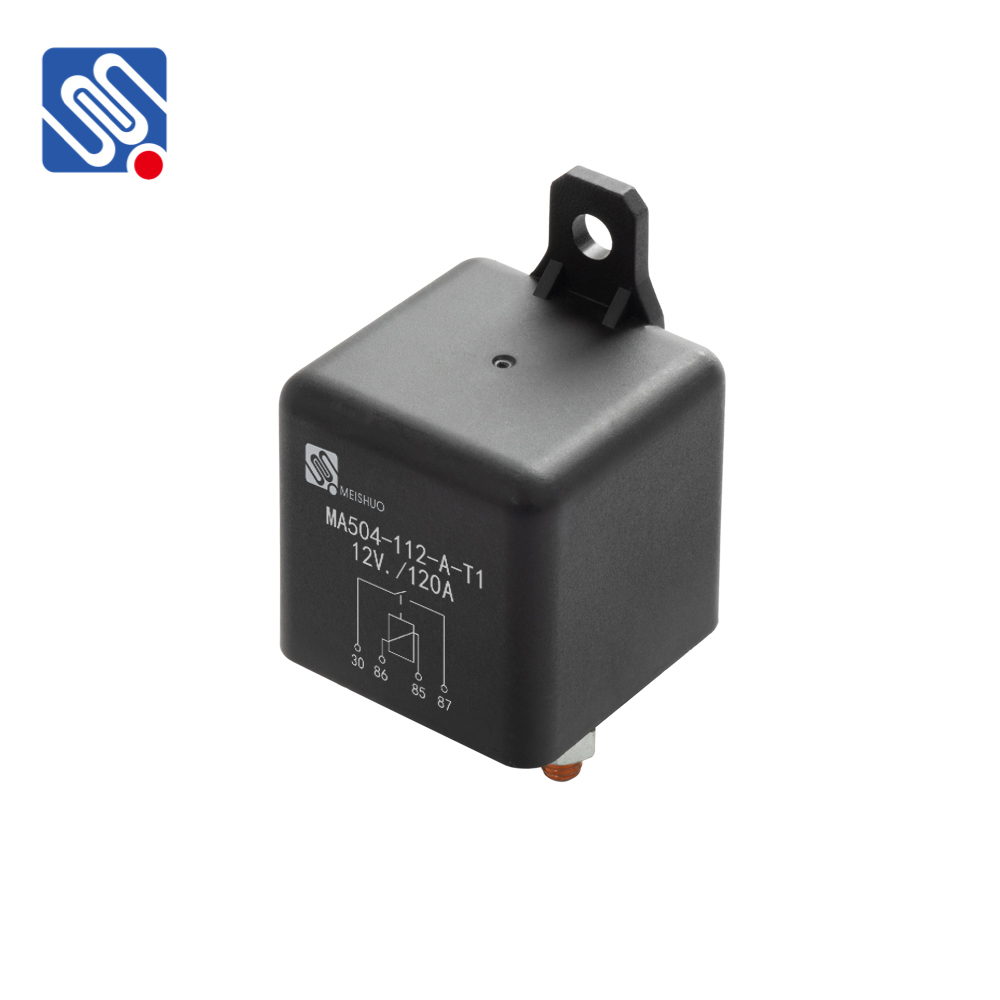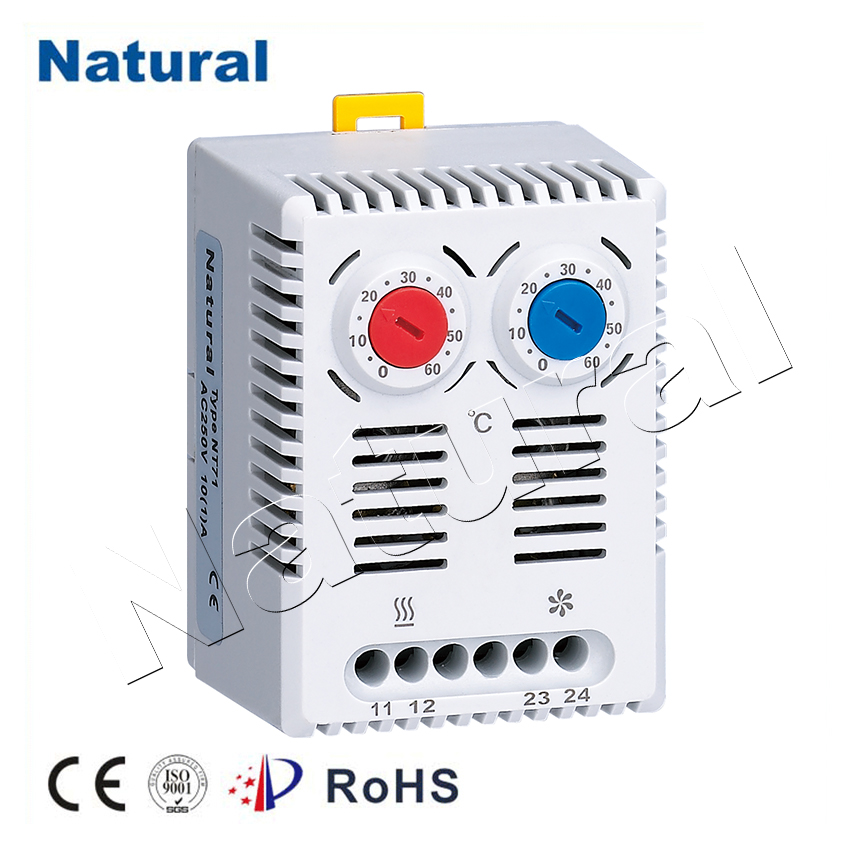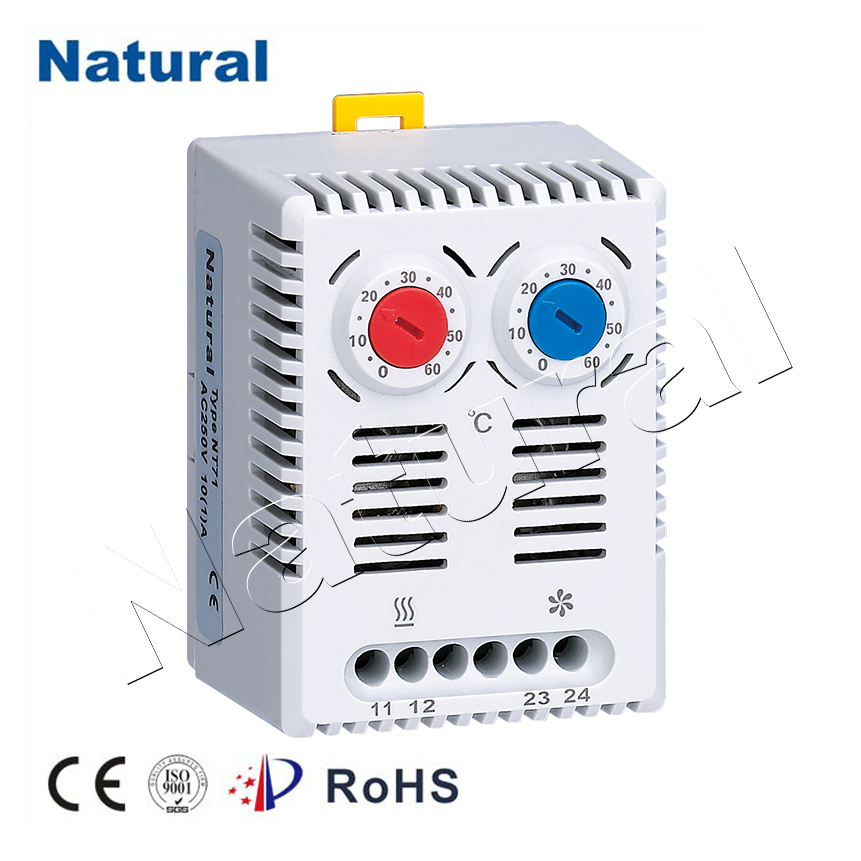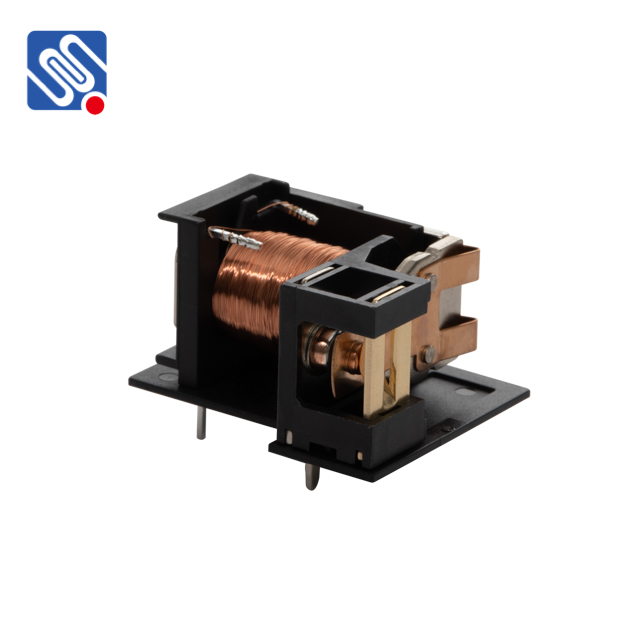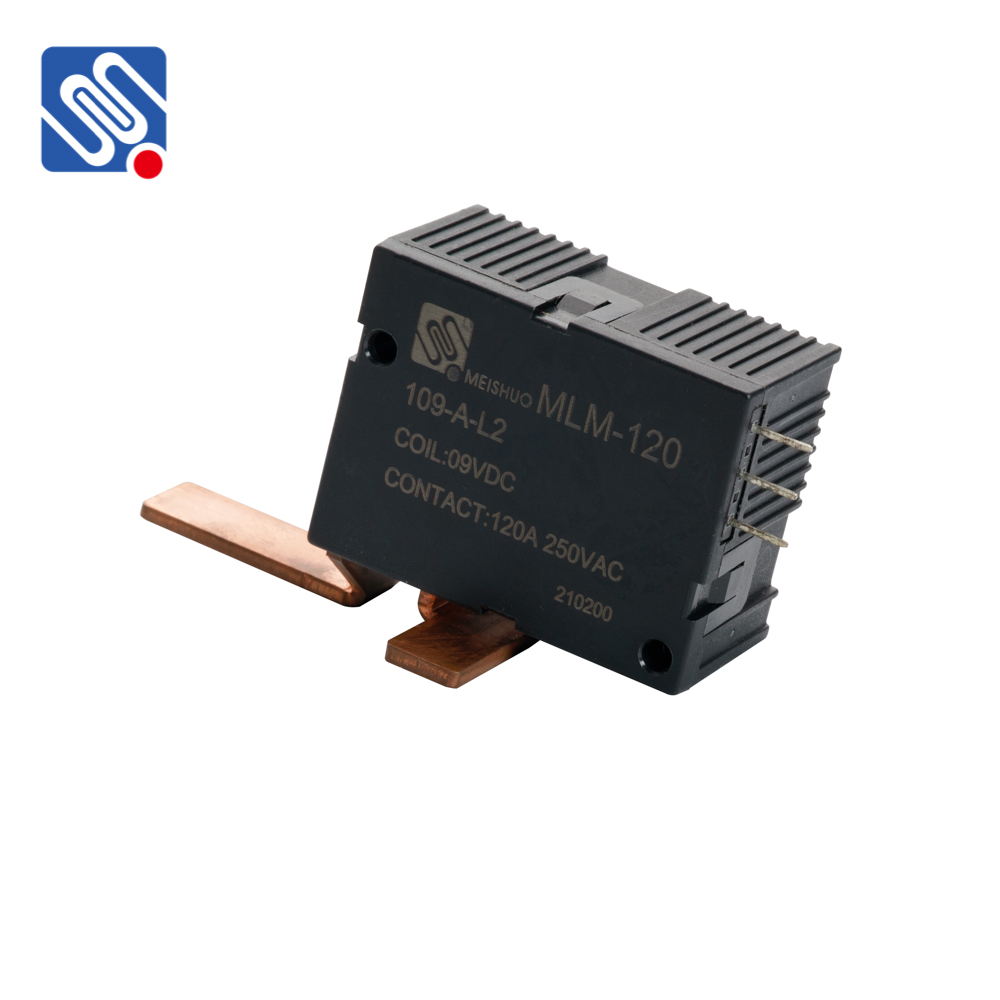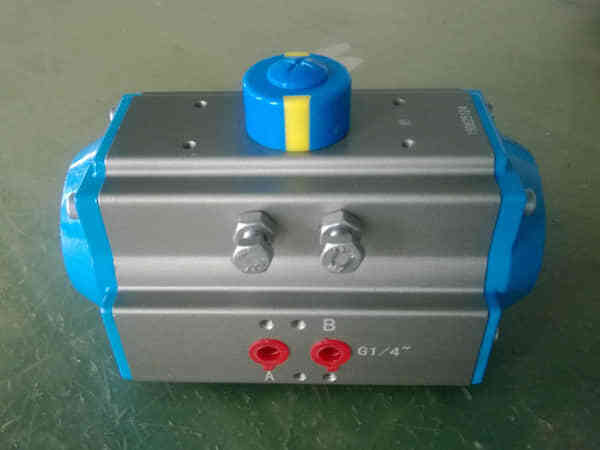The PP Solenoid Valve, made from polypropylene (PP), is an essential component in many industrial systems. It is designed to control the flow of various fluids, including chemicals, gases, and water, through pipes by using electromagnetic force. The material of the valve, polypropylene, provides several unique advantages, especially in applications where corrosion resistance is crucial. In this article, we will explore the features, applications, and benefits of PP Solenoid Valves in industrial processes.

What is a PP Solenoid Valve? A solenoid valve is a type of electromechanical valve operated by an electric current through a solenoid (electromagnet). The PP Solenoid Valve is built with polypropylene, a thermoplastic polymer known for its high resistance to corrosion and chemical damage. These valves are designed to open or close based on the electromagnetic field generated by the solenoid, controlling the flow of fluids within a system. In essence, a solenoid valve consists of three main parts: the solenoid coil, the armature (plunger), and the valve body. When current flows through the solenoid coil, it creates a magnetic field that moves the plunger, either opening or closing the valve. This allows for precise control of fluid flow, which is essential in various industrial applications.
